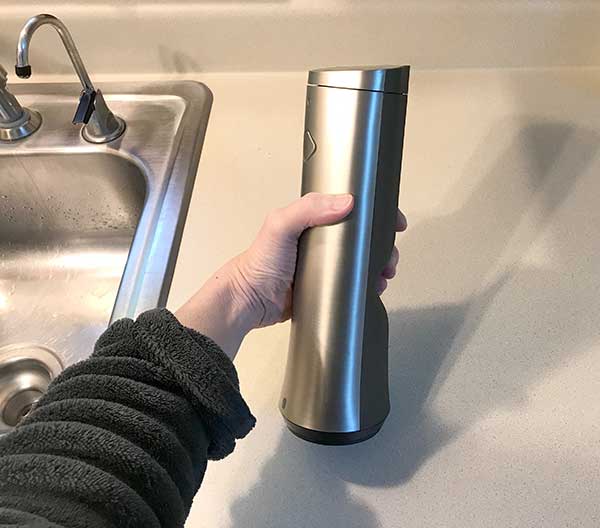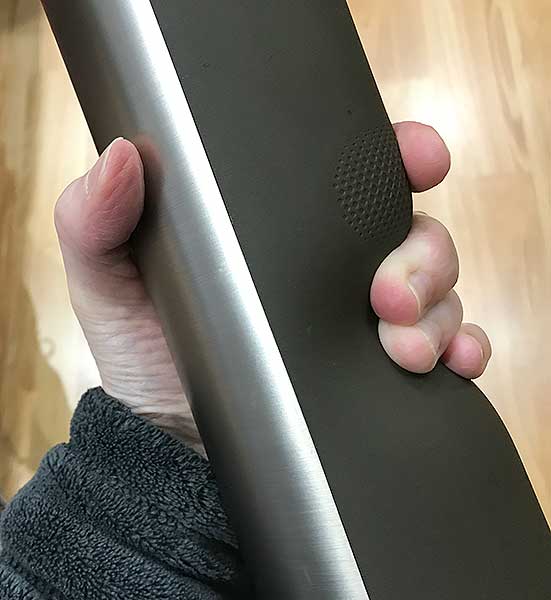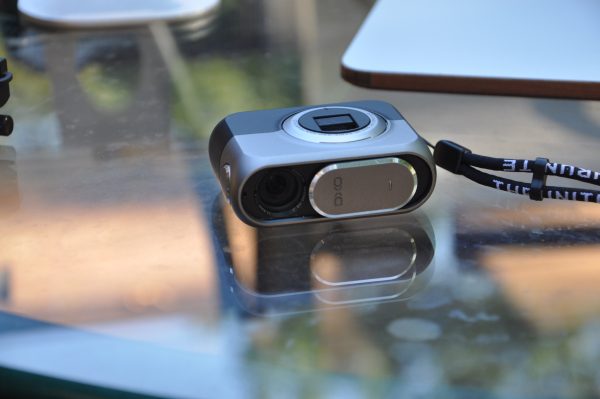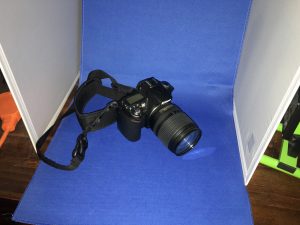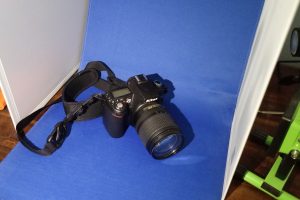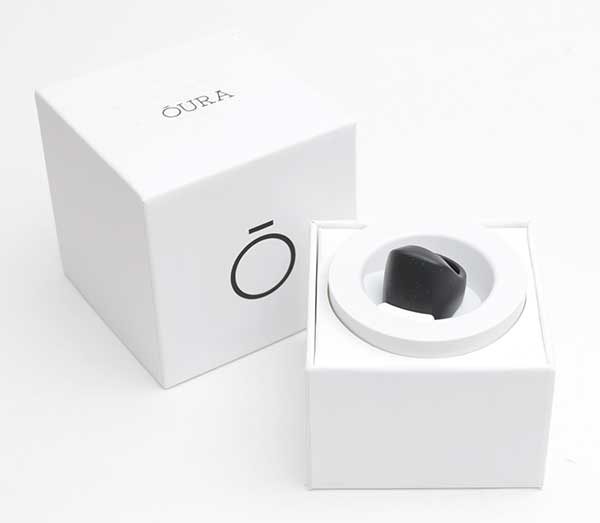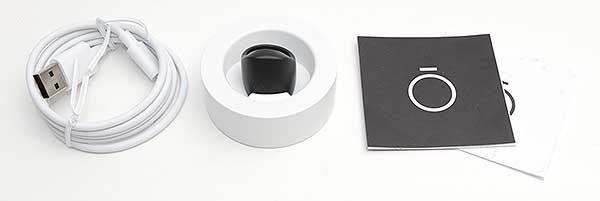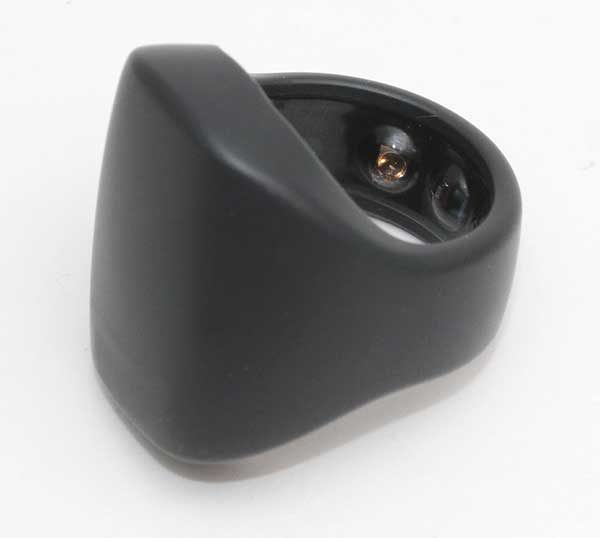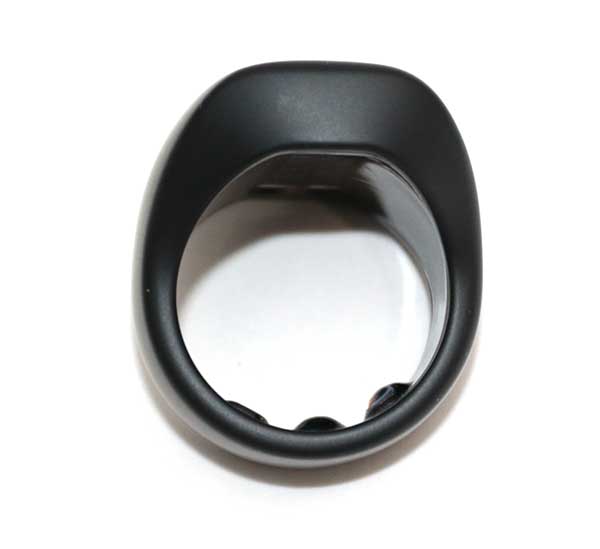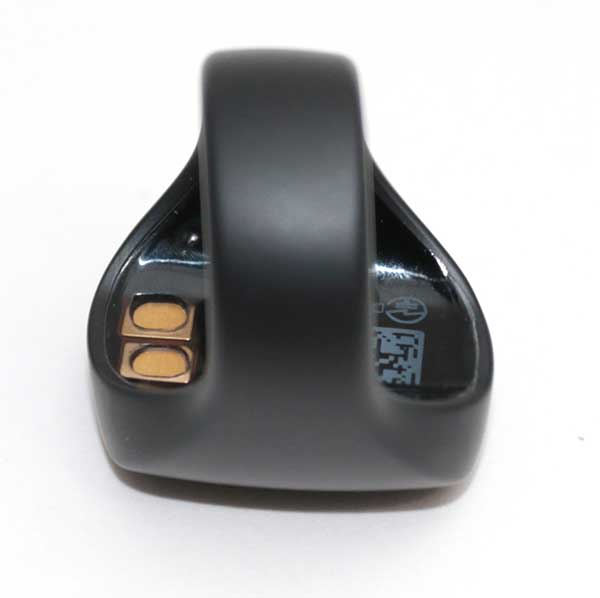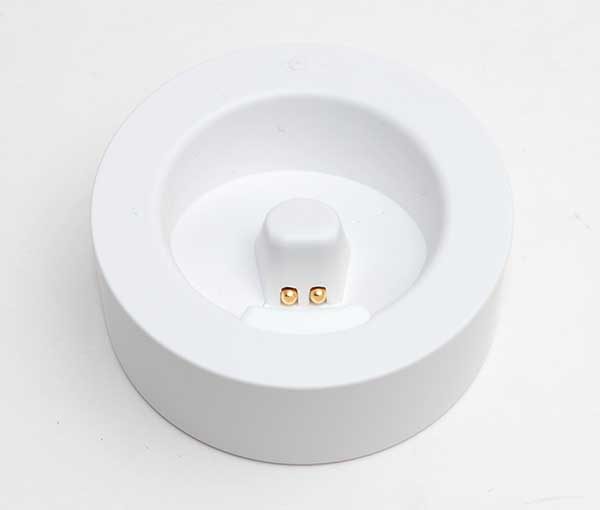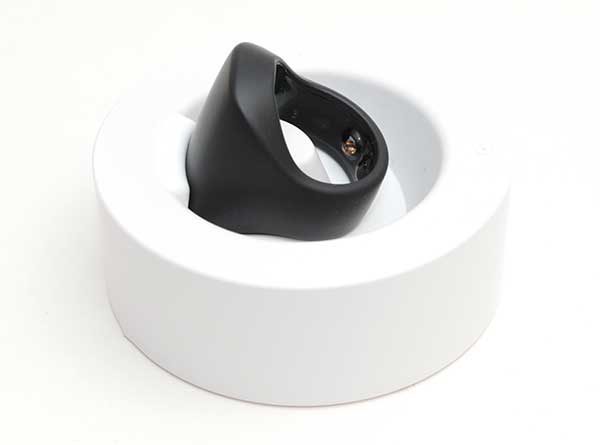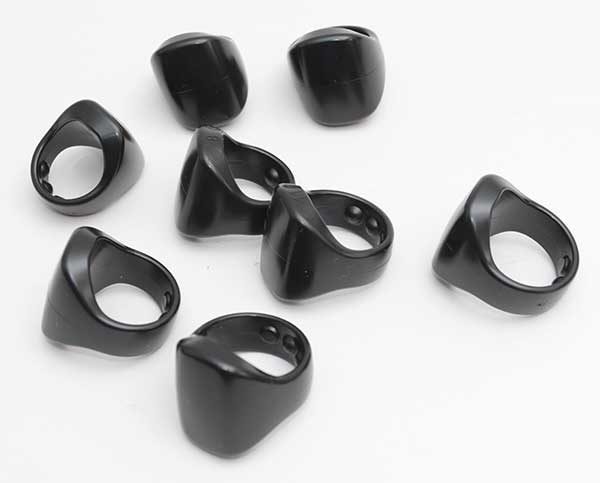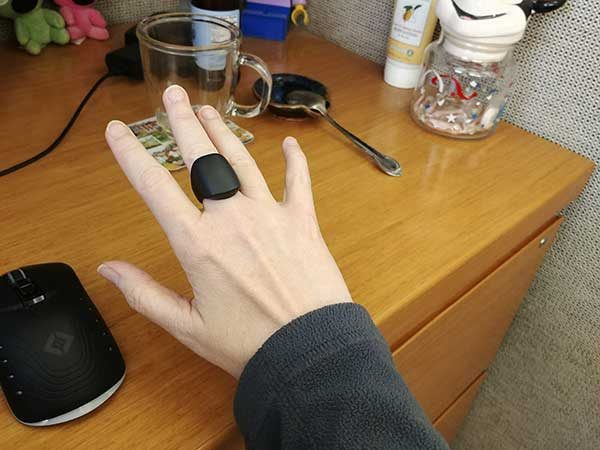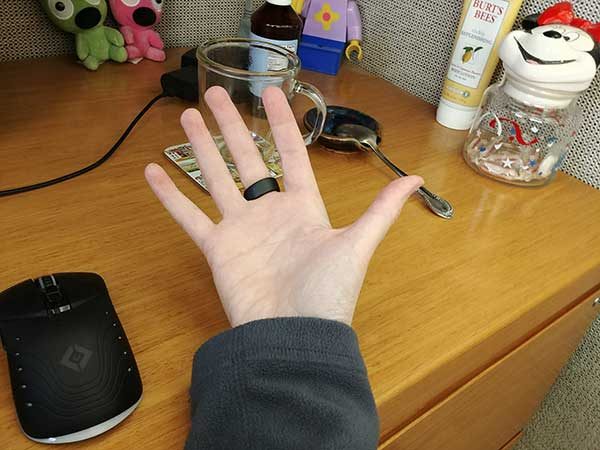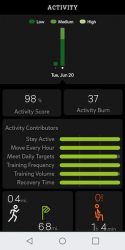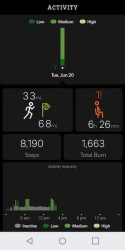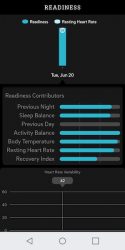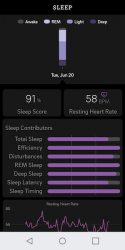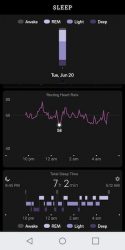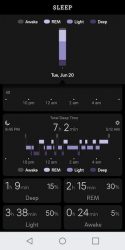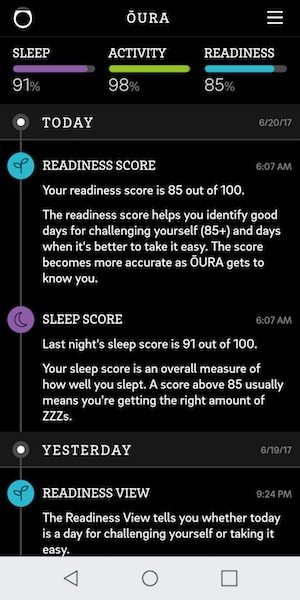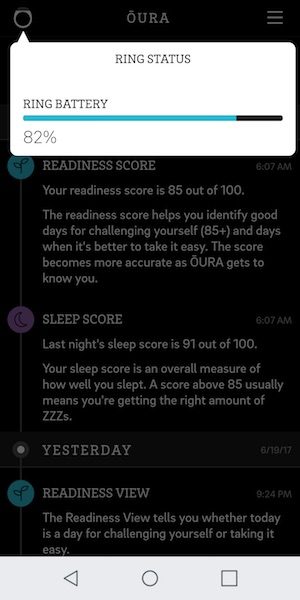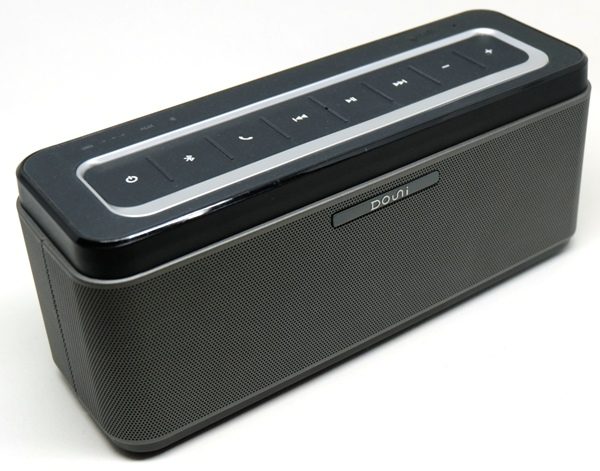
After reviewing a handful of portable Bluetooth speakers, I’ve found that some really appeal to me like the UE Megaboom because of its great sound quality (it has some bass!) and long battery life among other things, but others like the Logitech x300 do not. The Logitech x300 tends to dampen mid and upper frequencies when bass frequencies are playing. When the Gadgeteer was offered the Douni A5 Bluetooth speaker, I volunteered to review it to see how it compares to other portable speakers I’ve tried. After testing it, I’d say it competes rather well in the audio quality department, but not so much in the Bluetooth range department.

Contents
- Bluetooth speaker
- Power adapter
- 3.5 mm Aux audio cable
- Owners Manual
Technical Specifications
- Battery Voltage: 11.1V
- Charging Voltage: 15V
- Output Power: 2*12.5W
- Speaker Spec: 58mm, 12.5W (and has two passive radiators)
- Frequency Response: 50HZ~18KHZ
- Lithium Battery Capacity: 6600mAh
- THD<0.5%
- SNR:>90dB
- Dimensions: 8.6″ long x 2.9″ wide x 3.5″ high (218 mm long x 74 mm wide x 88 mm high)
Design & Build Quality
 The Douni A5 Bluetooth speaker feels like a durable speaker. It is a rectangular speaker that is black on the top and bottom and has a gray metal grill.
The Douni A5 Bluetooth speaker feels like a durable speaker. It is a rectangular speaker that is black on the top and bottom and has a gray metal grill.  It is the size of many other portable speakers (not the super small ones…). Its dimensions are 8.6″ long x 2.9″ wide x 3.5″ high and it weighs 2 lbs. 9 oz.
It is the size of many other portable speakers (not the super small ones…). Its dimensions are 8.6″ long x 2.9″ wide x 3.5″ high and it weighs 2 lbs. 9 oz. All of the controls are located at the top of the speaker. The entire top of the speaker is covered in a rubbery material except for the plastic silver ring around the buttons.
All of the controls are located at the top of the speaker. The entire top of the speaker is covered in a rubbery material except for the plastic silver ring around the buttons.
 The back of the speaker contains the ports.
The back of the speaker contains the ports.  The ports are (from left to right): Aux Audio In (to physically connect a mobile device to the speaker), Aux Audio Out, 15V DC In (to charge the speaker), 5V Out (to charge your devices), and a Reset button (resets the speaker to its factory default settings).
The ports are (from left to right): Aux Audio In (to physically connect a mobile device to the speaker), Aux Audio Out, 15V DC In (to charge the speaker), 5V Out (to charge your devices), and a Reset button (resets the speaker to its factory default settings). The bottom of the speaker is also covered in rubbery material to prevent the speaker from moving around while on furniture.
The bottom of the speaker is also covered in rubbery material to prevent the speaker from moving around while on furniture.
Use
Powering On/Off: When turning on the speaker, you must press the Power button for two full seconds. To turn it off, you must press it for one full second. If you have a device plugged in via the Aux audio cable, the speaker will not turn off.
Auto shut-off: After about 40 minutes of inactivity, the speaker is supposed to automatically shut off according to the Douni A5 product description on the Amazon. However, I was not able to replicate that – the speaker remained on until I turned it off.
Bluetooth Pairing: After powering the speaker on for the first time, it immediately went into pairing mode in which the Bluetooth symbol on the speaker flashed alternately blue and red. At this time, I needed to go into my device’s Bluetooth settings (first I made sure Bluetooth was turned on) and look for the newly discovered device listed as A5. After tapping on the A5, my speaker was connected and a voice prompt on the speaker said, “Connected”. It is possible to pair up to eight devices to the speaker (which means that the speaker will remember that it has been paired to eight of your devices). When the speaker is powered up the next time, it will connect to the device it was connected to last. To change to one of the other seven paired devices, you can press the Bluetooth button on the speaker for one full second to disconnect the speaker from the current device (a voice prompt will say, “Disconnected”) which will then put the speaker into pairing mode (the voice prompt then says, “Pairing”), after which you can go into your other mobile device’s Bluetooth settings to tap on the A5 in the list of paired devices to connect it to the speaker. Even though the speaker remembers up to eight devices that it has been paired with, this speaker apparently cannot be connected to more than one device at a time, unlike the UE Megaboom which can be connected to two devices at the same time and thus can play music from both devices without having to stop and disconnect from one device to connect to another.
 This speaker is also NFC capable which means that you can pair it with an NFC equipped device. When NFC is turned on on your mobile device, you’ll only need to pass it over the NFC area on the speaker which is located just above the Volume Down/Up controls as shown in the photo above (Note: you may have to search for the NFC area on your phone). Pairing the speaker to my Nexus 6 phone was very easy using NFC. When passing the lower right quadrant of my phone (where the NFC hardware location is) over the NFC area of the speaker, my phone displayed this message, “Are you sure you want to pair the Bluetooth device A5? Yes or No”. After tapping on “Yes”, I was paired. When paired and connected, the speaker and device volume controls are in sync.
This speaker is also NFC capable which means that you can pair it with an NFC equipped device. When NFC is turned on on your mobile device, you’ll only need to pass it over the NFC area on the speaker which is located just above the Volume Down/Up controls as shown in the photo above (Note: you may have to search for the NFC area on your phone). Pairing the speaker to my Nexus 6 phone was very easy using NFC. When passing the lower right quadrant of my phone (where the NFC hardware location is) over the NFC area of the speaker, my phone displayed this message, “Are you sure you want to pair the Bluetooth device A5? Yes or No”. After tapping on “Yes”, I was paired. When paired and connected, the speaker and device volume controls are in sync.
In the photo above, you’ll also notice the microphone next to the NFC area on the speaker that picks up your voice when using the calling features of the speaker.
The above photo also illustrates how the rubber top really attracts dust and lint. This is difficult to keep clean and this was as clean as I could get it!

When powered on, the speaker has LEDs to indicate its status. In addition, when the speaker is moved or it thermally senses your hand near the control panel, the control panel buttons light up for a few seconds so that you can find the correct controls when the speaker is in a low light setting.
LEDs (from left to right): There is an LED battery symbol, three LED dots, an “AUX” LED (not lit up in the above photo), a Bluetooth LED, and control panel backlights.
The three red LED dots indicate the level of battery charge: one dot = 30%, two dots = 60%, and three dots = 100%. When the battery is low on charge the Battery LED symbol will flash red (you will also hear a series of tones indicating low battery charge); otherwise, it will shine green.
When you physically connect your device to the speaker using an audio cable, the “AUX” LED shines green.
When your speaker is paired and connected to a device via Bluetooth, the Bluetooth LED symbol slowly flashes blue (and a voice prompt says, ”Connected”). When the speaker is in pairing mode, the Bluetooth symbol alternately flashes blue and red (and a voice prompt says, ”Pairing”).
As stated earlier, the control panel uses backlighting to illuminate the buttons for a few seconds when the speaker is moved or if it thermally senses your hand near the control panel. Thermal sensors – that’s pretty cool. You don’t have to turn the lights on to control the speaker.
Bluetooth Connectivity and Range: After pairing and connecting the speaker to my devices (Nexus 6 phone and iPod Touch 6G), just after turning it on, periodically I found that the connection would drop for a fraction of a second several times (within about a 15 second timeframe) and my device was only about one to two feet away from the speaker. This happened enough times to make this distracting and frustrating. I also noticed that with only one wall separating my device from the speaker, I frequently lost connectivity. When testing the line-of-sight distance from my Nexus 6 phone, I was only able to go 10 feet away from the speaker when the connection started to drop. When doing the same test with my iPod Touch 6G, I was only able to go 20 feet before the connection started to drop. Oy! This is exceedingly disappointing especially when the Bluetooth range is supposed to go up to 66 feet according to the A5 product description on Amazon.
Charging Time: The User Manual states that the recommended charging time is four hours. When charging it with the provided power cord, the LED dots would flash in sequence until a certain level of charge was attained (upon reaching 30% charge, the first LED dot remained on, and when reaching 60% charge the second LED dot also remained on, then when reaching 100% charge, the third dot also remained on). Even though the manual says the speaker should charge for four hours, I noticed that it took only about 1.5 hours to fully charge the speaker. When I charged beyond the 1.5 hours, there were no differences in the status lights.
Using the A5 as a Charger: If you should need to charge your mobile device in a pinch, you can do so using this speaker. However, it only provides 5V/1A so the charging will be slow.
Playback Time: When the speaker is set at a moderate volume level, my test revealed that the speaker would run for about nine hours. The User Manual states that the speaker should run about 12 hours. Of course, the playback time depends on the volume you play it at, but I expected that when the speaker is set at a moderate level, it would last nearly 12 hours.
Controls: I noticed that when using any of the control panel buttons, I needed to press each for one full second (except for the Power button which needed two full seconds when turning the speaker on). A simple split-second tap was insufficient to get the buttons to work properly. Once I learned the proper way to operate the controls, all of them worked well. I could play/pause, skip forward/back a track, or increase/decrease the volume levels. Holding the volume buttons down would increase or decrease the levels more quickly.
Calling Features: When you are connected to the speaker via Bluetooth and you receive a phone call, you must press the Call button for a full second to answer the call and press again for one full second to hang up. Call clarity on both sides was adequate. When I answered the call on the speaker and spoke within about eight inches from the microphone on the speaker, there were no issues. If I was a foot away or more, the caller indicated that my voice started to echo and was less clear.
Aux audio-in: When you connect your device using a 3.5 mm audio cable, this device supersedes Bluetooth devices. I also noticed that the volume on the speaker and device are not in sync when connected this way, thus, you’ll need to find your preferred volume level by adjusting it on both devices.
Frequency Range: Using my Audio Test Tone Generator Android app, I was able to comfortably hear 50-17,000 Hz frequencies (well, my kids heard them) when the speaker was set at moderate volume.
Audio Quality: This speaker can truly fill a room with music – it’s loud – at least it is to me. This speaker’s audio quality was quite impressive. It sounds just about the same as our UE Megaboom and it didn’t dampen the upper/mid frequencies like the Logitech x300 when playing bass-heavy music like Silent Shout by The Knife. Other music genres like classic rock (the Famous Final Scene by Bob Seger & The Silver Bullet Band), Celtic/new age (The Highwayman by Loreena McKennitt), and classical music (Clair de Lune) sounded crisp and clear. The vocals and the guitar on The Highwayman were beautiful to listen to. It is my perception that the speaker tends to slightly favor the mid to upper frequencies but I am not an audiophile so take that with a grain of salt – or several grains of salt.
Final thoughts
The Douni A5 Bluetooth speaker is quite wonderful to listen to until you get more than 10 feet away from it at which t_me th_ ___nection _tarts to _rop (“…time the connection starts to drop”). Yep. My studies have shown conclusively that this speaker suffers from separation anxiety. In addition, the controls need to be pressed one full second to work properly. The call features work well and the speaker does charge quickly (1.5 hours) but a full charge will only give you about nine hours of playback time when the speaker is set at a moderate volume level (as opposed to the 12 hours that the User Manual states). Even though the speaker sounds great, the Bluetooth range problems drive me crazy, thus I would personally pass on this speaker.
Source: The sample used in this review was provided by Douni. Please visit their website for more information or Amazon to purchase one.
Product Information
| Price: |
$69.99 |
| Manufacturer: |
Douni |
| Retailer: |
Amazon |
| Pros: |
- -Wonderful audio quality
- -Charges quickly
- -Has thermal sensors to detect when your hand is near the control buttons to illuminate the buttons
|
| Cons: |
- -Bluetooth range is awful
- -Control buttons need to be pressed one full second to get them to work properly
- -Speaker plays for about nine hours on a full charge when it is set on a moderate volume level instead of 12 hours like the manual says
|
Filed in categories: Reviews
Tagged: Bluetooth speaker
Douni A5 Bluetooth speaker review originally appeared on The Gadgeteer on August 13, 2017 at 9:27 am.
Note: If you are subscribed to this feed through FeedBurner, please switch to our native feed URL http://the-gadgeteer.com/feed/ in order to ensure continuous delivery.



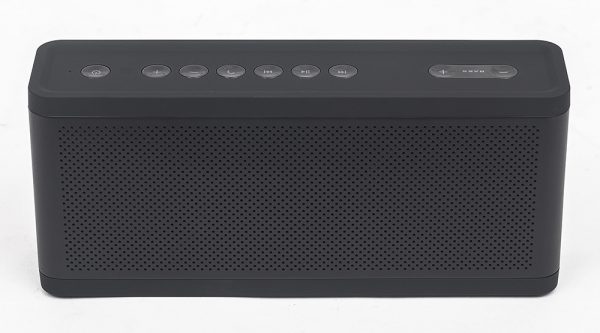
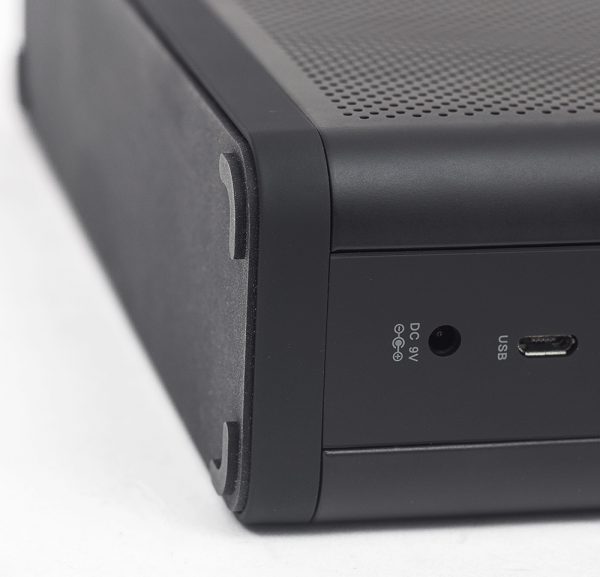
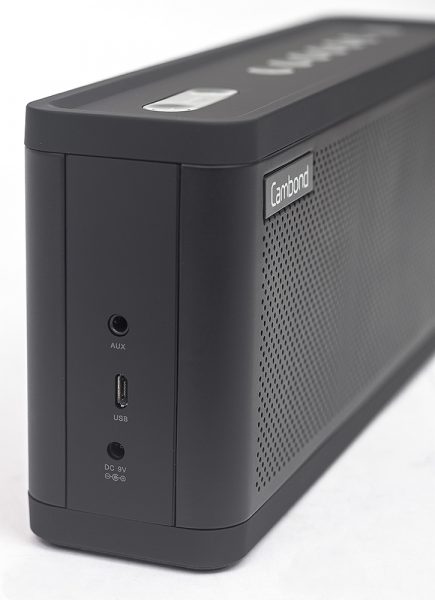
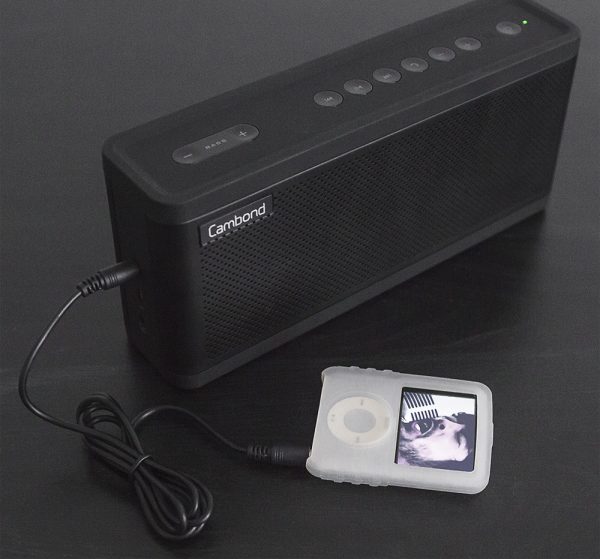
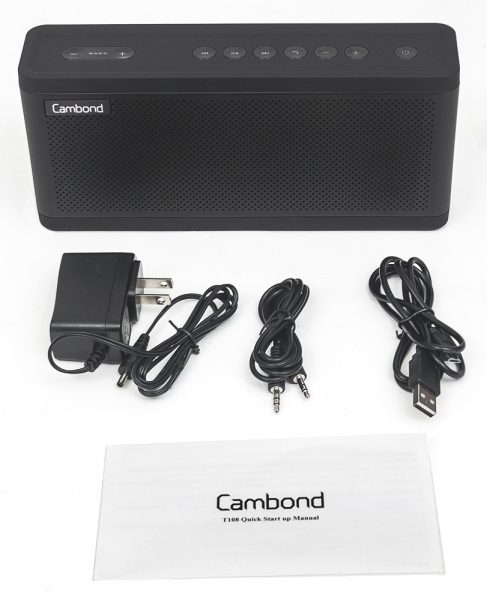
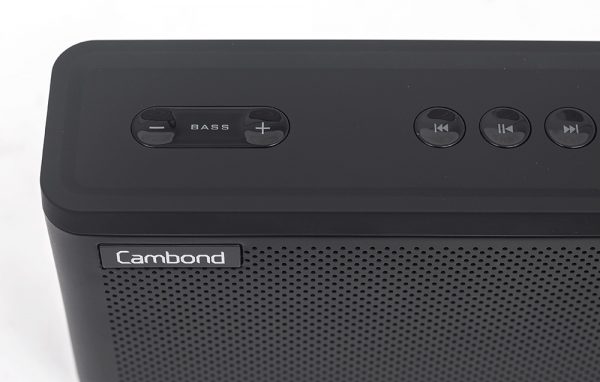
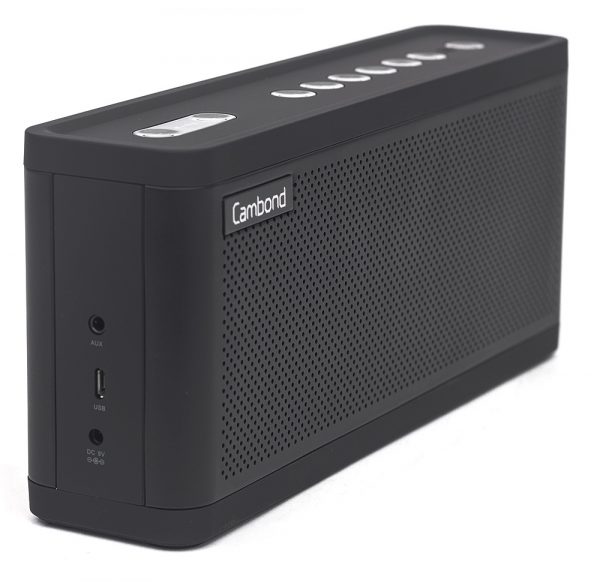
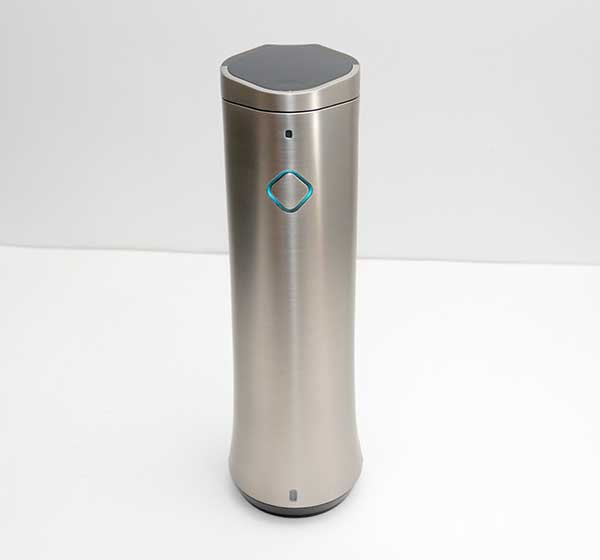
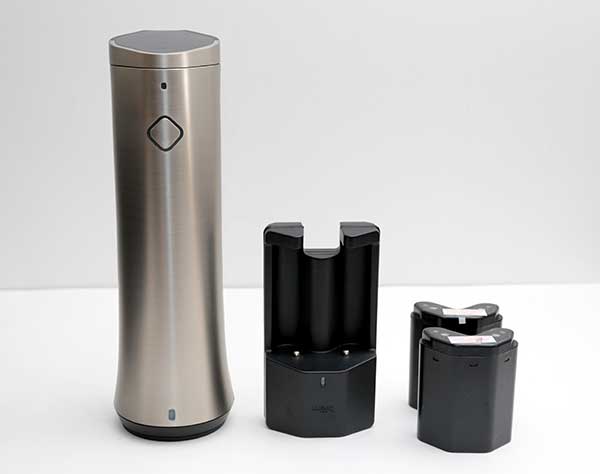
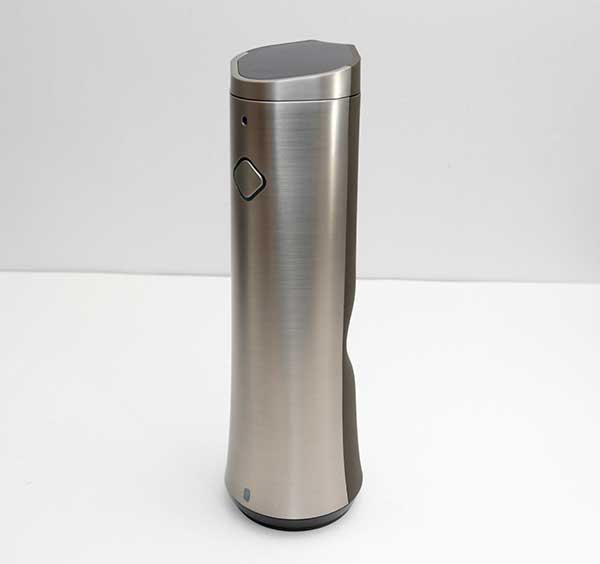
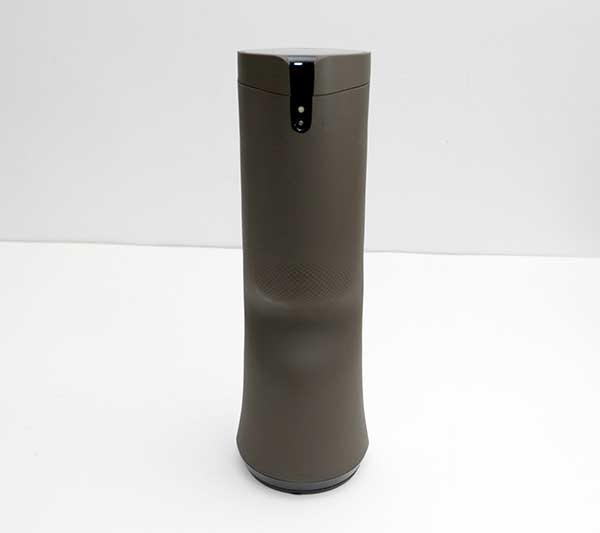
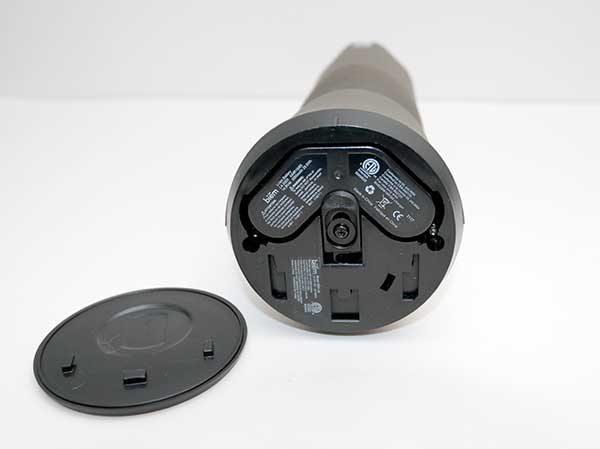
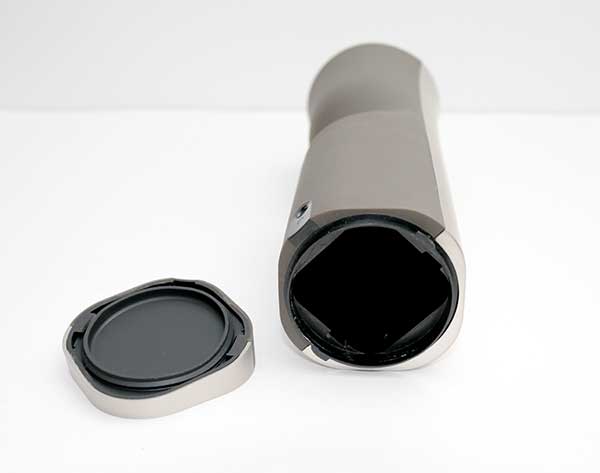
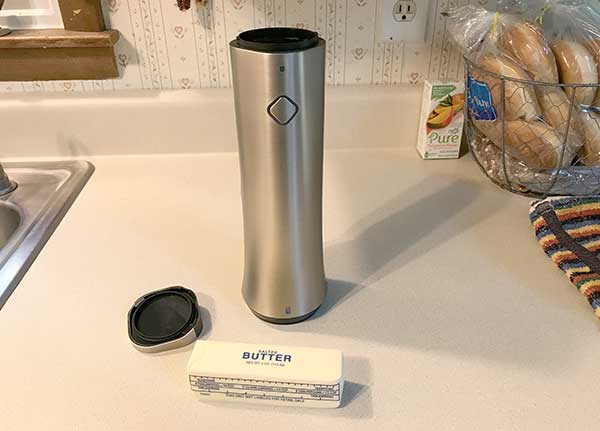
 Loading the stick into the sprayer is as easy as removing the wrapper and dropping it in the chamber.
Loading the stick into the sprayer is as easy as removing the wrapper and dropping it in the chamber.
